What are idlis?
Idli is an authentic South Indian dish, a savory rice-cake. India, being a vast country, has a wide variety of local cuisines. Idli belongs to southern India, primarily made in Tamil Nadu, Andhra & Karnataka. It is made by steaming fermented batter of rice & urad lentils. It is ideally served with sambar (lentil soup), 2-3 varieties of chutney including tomato, coconut, etc, and milagai podi (spice powder). It is often consumed as break-fast in very many households.
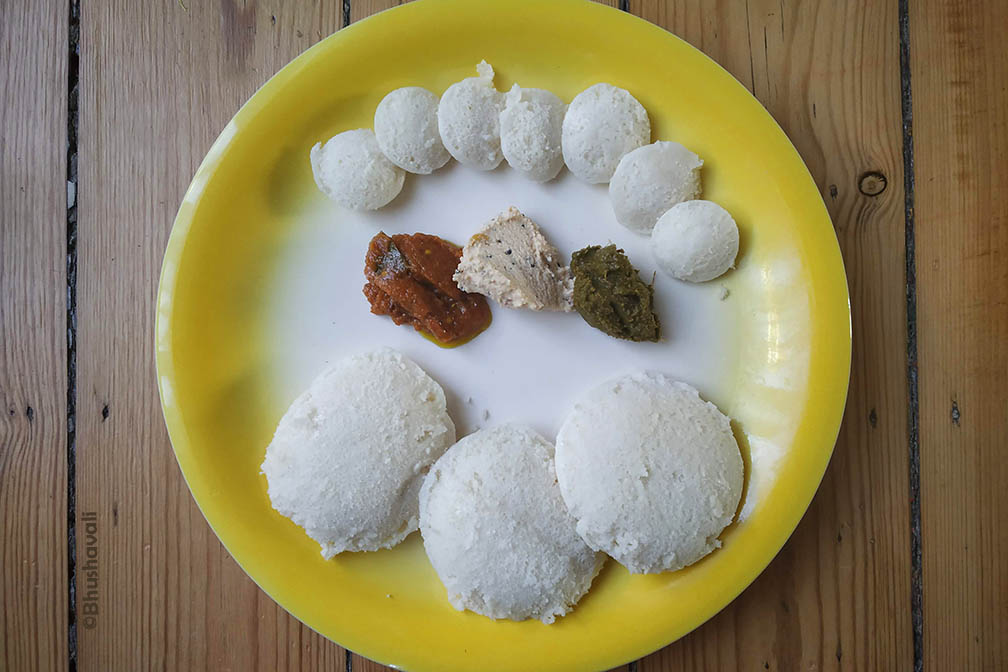
The earliest mention of Idli seems to be in the literature of 10th C CE. Traditionally it was prepared with a batter on only ural lentils to which curd & spices were added & steamed. The earliest traces of modern Idli seems to be from 13th C CE.
How are idlis made in India?
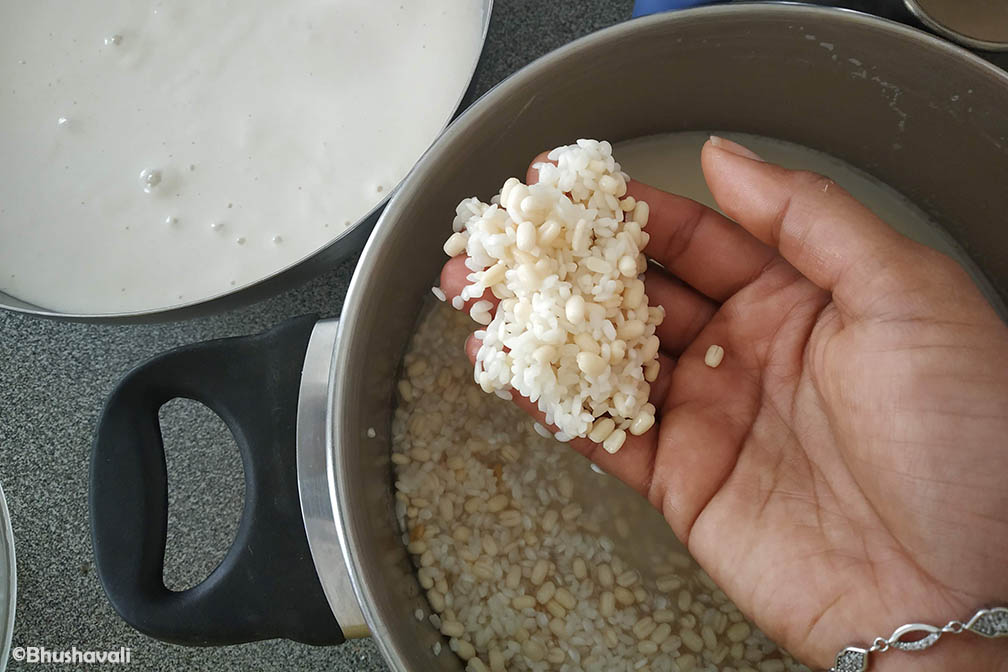
The process of making the idli batter begins with soaking rice & urad lentils and grinding them together and letting them ferment, ideally, overnight. The weather of Southern India is very favourable to ferment the batter.
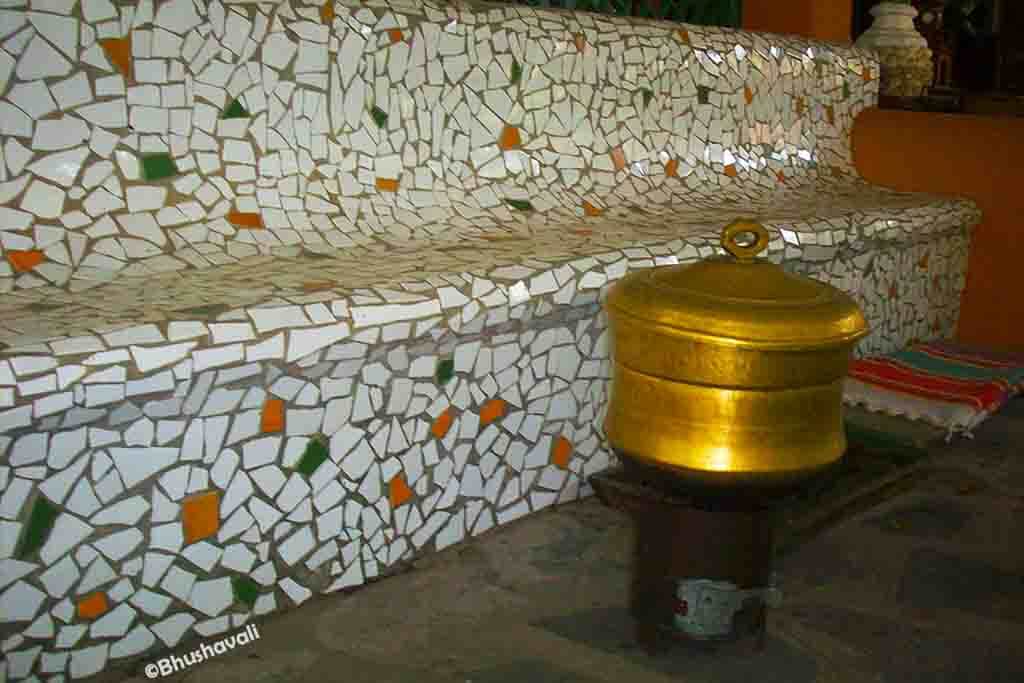
Traditionally grinding was done on hand-operated stone grinders and nowadays electric food-processors are used. Nowadays batter is made to last for a few days, even upto a week. It is refrigerated to prevent it from getting too sour.
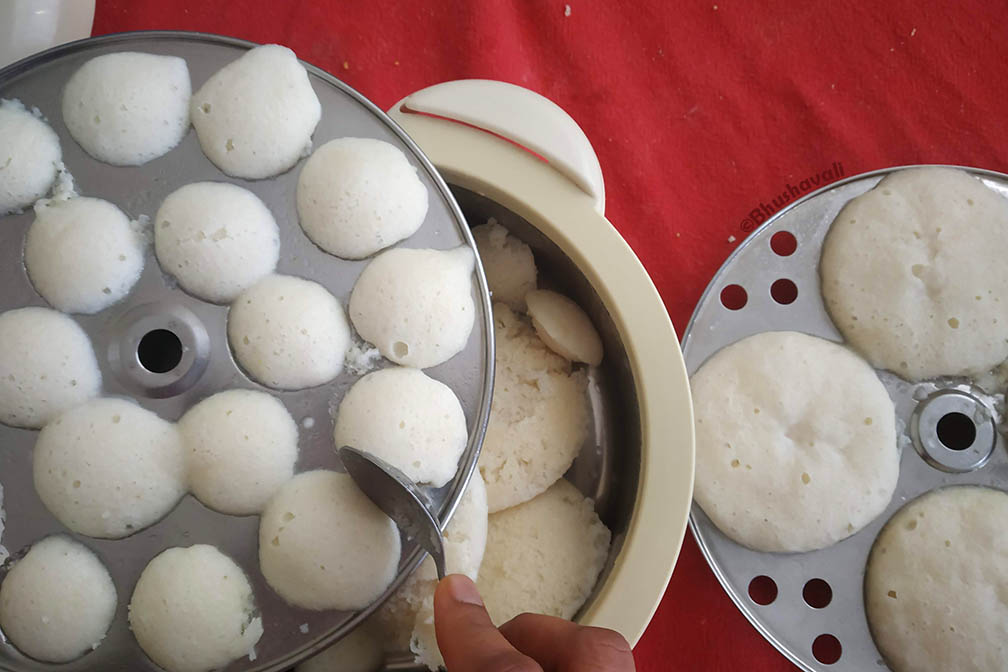
Steaming hardly takes 10 minutes per batch which consists of 12-16 idlis. There are also mini idli which is tiny in size and are soaked in sambar – that’s a dish called ‘sambar idli’. So, next time when you visit Chennai, don’t miss tasting Idli in a local restaurant. It is one of those things to do in Chennai, that no one should miss. It tastes very mild with just salt in it. The flavours & spiciness are from the sambar & chutneys.
The same batter is also used in a variety of other dishes with different methods of preparation including dosa, uthappam, paniyaram etc.
Should you eat idlis outside India?
Here’s the thing – more often than not, Indian restaurants in colder countries serve idli with baking soda in it, to improve the fluffiness. This is done since in the colder weather, natural fermentation of the batter doesn’t happen very efficiently. The taste of idlis made with baking-soda just doesn’t do any justice to the real deal. I have felt home-sick & had idli in London & France, only to feel more miserable. Expat home cooks, however, do ferment their batter in the oven, which is almost similar to what you get in southern India. So if you’re eating idlis outside India, first ask how the batter is fermented at the restaurant, and if it’s done naturally, you’ll more than enjoy your idlis!
Author Bio: My Travelogue by Bhushavali

Bhushavali is a history-buff and loves to visit UNESCO World Heritage Sites as well as other historic sites. She’s an Indian, currently living in Belgium. She is a vegetarian and prefers easy to make, healthy foods. Her usual diet is Indian, some days South Indian and some days, it’s North Indian. Connect with Bhushavali on Facebook at My Travelogue.
Other Popular Foodie Posts to Read
- What to Eat in Berlin’s Best Restaurants!
- Everything You Ever Wanted To Know About Thai Food
- Popular African Dishes
- What to Eat in Rome
- Popular American Dishes You Can’t Miss
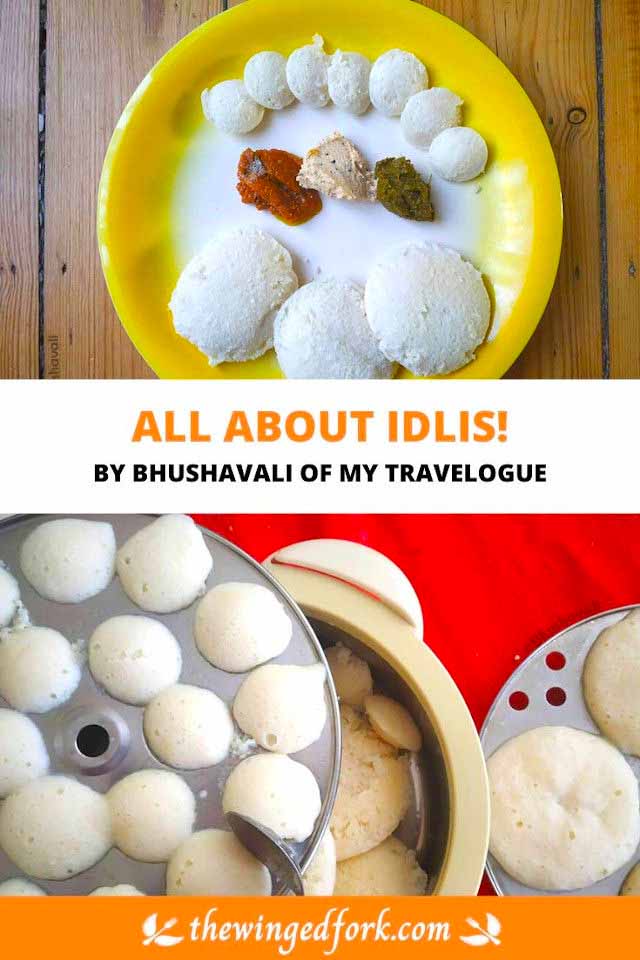
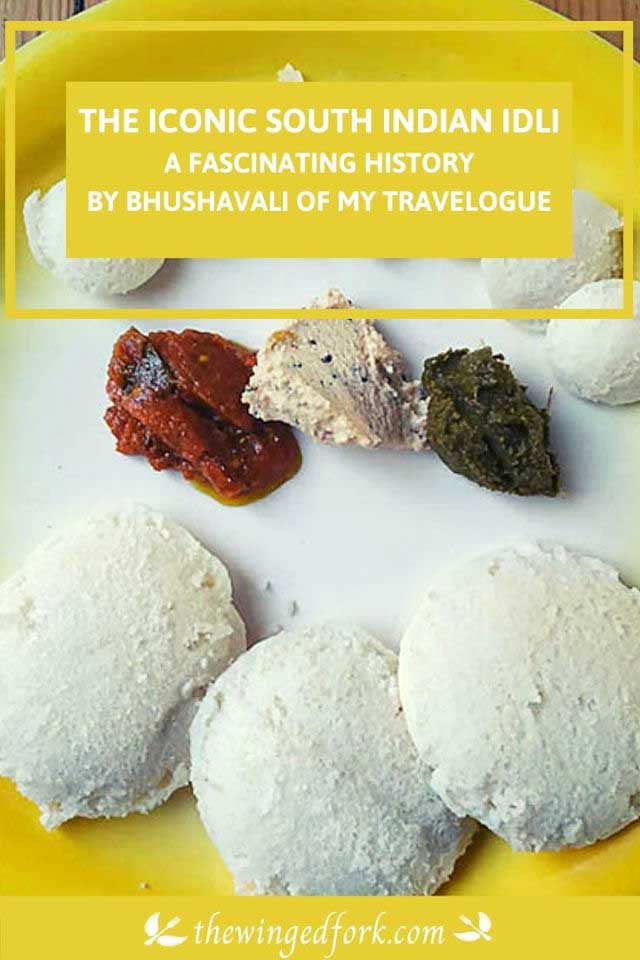

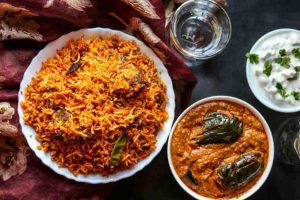
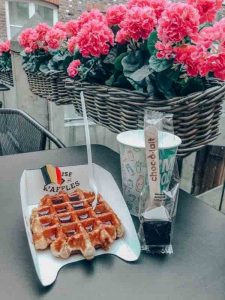

Thanks for the feature! I really appreciate it!